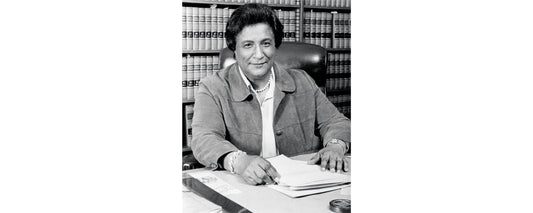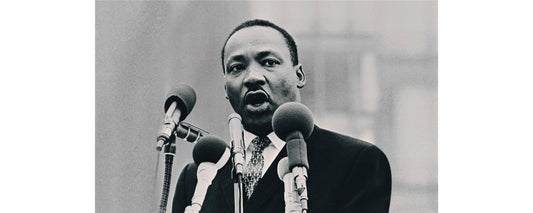The majestic American elm tree once flourished in the Elm City, gracing so many city streets and parks. Today you won’t find many examples of the species, known for long lifespans up to several hundred years, heights topping out at 100 feet, light gray furrowed bark, jagged-edged leaves, umbrella-shaped limb structure and, unfortunately, a vulnerability to pest and disease.
But thanks to organized plantings of disease-resistant elm varieties such as the Princeton, Jefferson and New Harmony, which look a lot like the American but are hardier in the face of pests and fungi, elms are making a comeback in New Haven and around the country.
At the moment, New Haven’s elms, including those inhabiting the city’s green, are leafless and bare, with upper reaches looking like capillaries spreading out against the sky. Even lacking the green foliage they’ll sprout in the next couple of months, it’s easy to see the grandeur and stateliness that led New Haveners, and one in particular, to make their city fairer with them, and to adopt the tree for its symbol.
sponsor message
New Haven’s first planted elms were a gift to the Reverend James Pierpont, then minister of First Church (now Center Church on the Green). Pierpont rooted those first few trees into the town green in 1686, a small prelude to the city’s eventual elm heyday. That would come nearly a century later thanks in large part to James Hillhouse, a prominent New Haven landowner, politician and real estate developer. Hillhouse High School is named for him personally and Hillhouse Avenue, a historic district that he helped develop, is named after his lineage; the latter is an example of the ways Hillhouse pursued his goal to transform New Haven into one of the nation’s most beautiful cities.
His citywide planting effort is another. Hillhouse spearheaded what’s considered the first public tree-planting program in the country, planting elm trees throughout New Haven’s green and along its thoroughfares. The beautification project yielded the nickname “The Elm City,” and it’s stuck all these years.
Sadly, there’s no “happily ever after” to the story. A host of afflictions would later ravage New Haven’s elms. Cankerworm caterpillars, for instance, gobbled up their leaves throughout the 1800s, thinning leaf cover and interfering with photosynthesis.
But nothing comes close to matching the damage wrought by Dutch elm disease, which took hold in the United States starting in the 1930s. According to the USDA Forest Service, the fungus—an aggressive agent carried by the elm bark beetle, which first attacks the elm’s branches and eventually kills the entire tree—has wiped out between 50 and 90% of America’s mature elm trees since its arrival.
A small portion of New Haven’s American elms have survived unscathed and, meanwhile, some resident naturalists haven’t been willing to let the city’s elm population get decimated without a fight. The Garden Club of New Haven has been seeding disease-resistant varieties since the 1980s, now visible throughout the city. Last year the club took its mission to the general public with the 2013 Tree Project, which included putting together a cell phone audio walking tour of the city green, including information about its elms, accessible simply by dialing (203) 672-4384 anytime. (Brochures for self-guided tours of the green and its trees are available at the INFO New Haven booth at Chapel and College and the Yale Visitor Center at 149 Elm Street.)
The club also has young elms available for the public to plant on their own property—those interested can email newhavengreen@gmail.com—and hey, if you’ve already put down roots in the Elm City, why not put down a few more?
Written and photographed by Cara McDonough.








